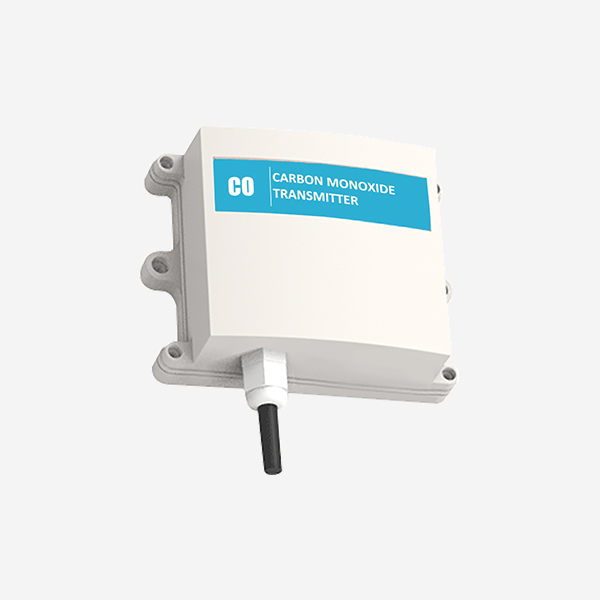In order to solve the problem of gas poisoning, carbon monoxide sensor have become essential equipment in homes, workplaces and other places. This paper discusses the importance of carbon monoxide sensors, their functions, and their role.
Understand Carbon Monoxide sensors
Carbon monoxide sensor are critical devices designed to detect the presence of carbon monoxide gas in indoor environments. These sensors work by measuring the levels of CO in the air and triggering an alarm when concentrations reach potentially hazardous levels. By providing early detection, carbon monoxide sensors can help individuals take immediate action to mitigate the risks associated with this silent killer.

The primary function of carbon monoxide sensors
The primary function of carbon monoxide sensors is to ensure the safety and well-being of individuals by alerting them to the presence of this toxic gas. When the sensor detects elevated levels of CO, it produces an audible alarm, typically a loud sound or beep, to notify occupants of the potential danger. This early warning allows people to evacuate the area, ventilate the space, and seek medical attention if necessary.
The benefits of carbon monoxide sensor
One of the most significant benefits of carbon monoxide sensors is their ability to save lives. Carbon monoxide poisoning can lead to severe health complications and, in some cases, even death. By installing carbon monoxide sensors in homes and other places where fuel-burning appliances are used, individuals can minimize the risks of CO exposure and protect themselves and their loved ones.
Carbon monoxide sensors are particularly crucial in residential settings. Many household appliances, such as furnaces, water heaters, gas stoves, and fireplaces, can produce carbon monoxide if not properly ventilated or maintained. Having a sensor installed near these appliances can provide homeowners with peace of mind, ensuring that they will be alerted if any gas leaks occur.
Carbon monoxide sensors of the workplace
Workplaces, especially those with confined spaces or where combustible materials are used, must also prioritize carbon monoxide detection. Industries such as manufacturing, construction, and mining can generate high levels of carbon monoxide due to the operation of machinery and equipment. Carbon monoxide sensors are vital in these environments to protect workers from potential exposure and prevent accidents.

Public spaces such as hotels, schools, hospitals, and shopping centers should also incorporate carbon monoxide sensors into their safety systems. These sensors can help protect large groups of people who might be at risk if a carbon monoxide leak were to occur. By providing immediate detection, evacuation procedures can be initiated swiftly, minimizing the potential for harm.
Regular maintenance and testing of carbon monoxide sensors are essential for their effective operation. Manufacturers provide guidelines on calibration and maintenance schedules to ensure that the sensors remain accurate and reliable. It is also crucial to replace the sensor according to the manufacturer’s instructions to ensure continued protection against carbon monoxide exposure.
In conclusion, carbon monoxide sensors are indispensable devices for the detection and prevention of carbon monoxide poisoning. Their ability to provide early warning alarms allows for swift action to safeguard lives and property. By understanding the importance of these sensors and their functionality, individuals and organizations can create safer indoor environments, protecting themselves and others from the silent threat of carbon monoxide.
